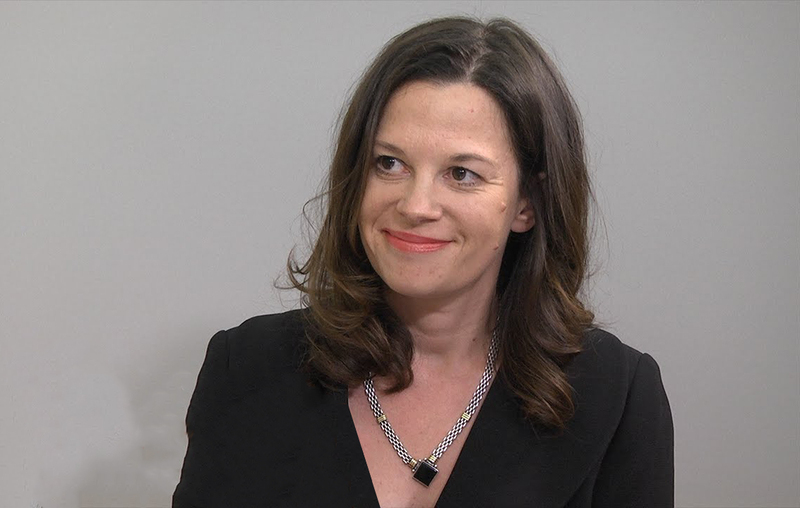
EU adopts new rules to significantly cut packaging waste with re-use targets
The European Union has formally adopted a regulation on packaging and packaging waste. The new ...

Women are an equal part of the solution in our society. Women and female migrants make up to 48% of the workforce. It is said, they are often overlooked at the contributions they provide, or can be minimally remunerated, or not at all, which ultimately their contributions can be devalued due to lack of financial representation.
Migrants spend an average of 85% of their earnings in host countries and migrants remit an average of 15% of their earnings to their countries of origin. This represents nearly USD 600 billion USD annually (World Bank). Remittances can add up to three times the total of Overseas Development Assistance (ODA).
Africa itself has experienced the fastest increase in the number of international migrants. From 2000 to 2017, the number of international migrants in Africa increased 15 to 25 million, which now represents 10% of international migrants living in Africa from 9% in 2000 (Population Facts. UN Department of Economics and Social Affairs. Population Division. December 2017).
Migration is a chance to revitalize labor markets, and has many positive consequences when including men and women, therefore incorporating more persons into the workforce. This is particularly pertinent, when we consider that women are engaging in the labor markets than ever before. In fact, more migrant women are in the global workforce than non-migrant women, and concentrated in female-dominated care and service sectors. The inclusion of women in the labor market creates a greater sense of economic and social independence for women. This consequently enhances the empowerment of women.
More work can always be done to narrow gender gaps in the labor market, resulting in long-lasting and meaningful effects for all. It is increasingly recognized that long-term, sustainable development will only be possible when men and women enjoy equal opportunity to reach to their full potential (USAID Gender equality and female empowerment policy 2012).
This is part and parcel of the Sustainable Development Goals, notably SDG 5 which aims at achieving gender equality and women’s empowerment. IOM Director General William Lacy states that “Sustainable Development Goals (SDGs) are a much-needed step to ensure that sustainable development is a global reality.” This calls on assessing the inequalities, promoting opportunities as well as collecting sex-disaggregated data. This, however, cannot be achieved alone. Partnerships are needed to encourage social and economic development through migration. Moreover, it is key that a gender perspective and working through gender lenses must remain an integral part of our daily approach and lives.”
The European Union has formally adopted a regulation on packaging and packaging waste. The new ...
Inaugurating the Abydos Solar Power Plant in the Upper Egypt governorate of Aswan represents a ...
Businesses that fail to adapt to climate risks like extreme heat could lose up to ...


اترك تعليقا